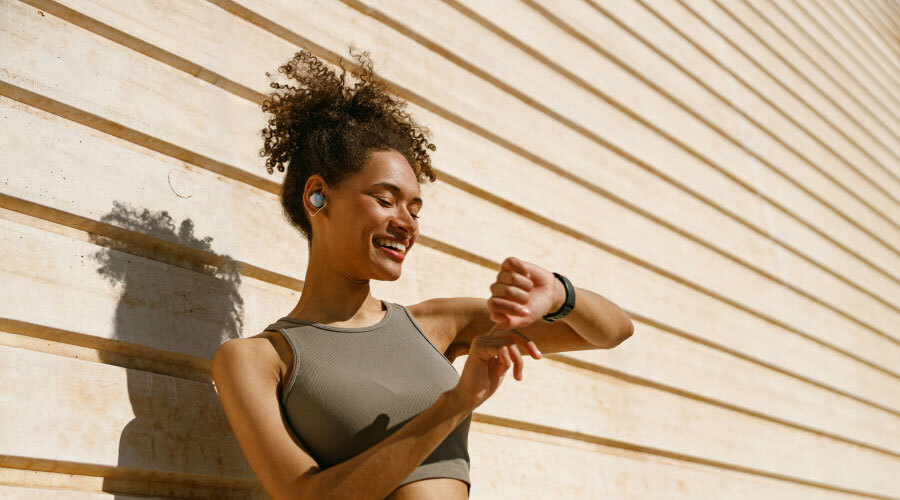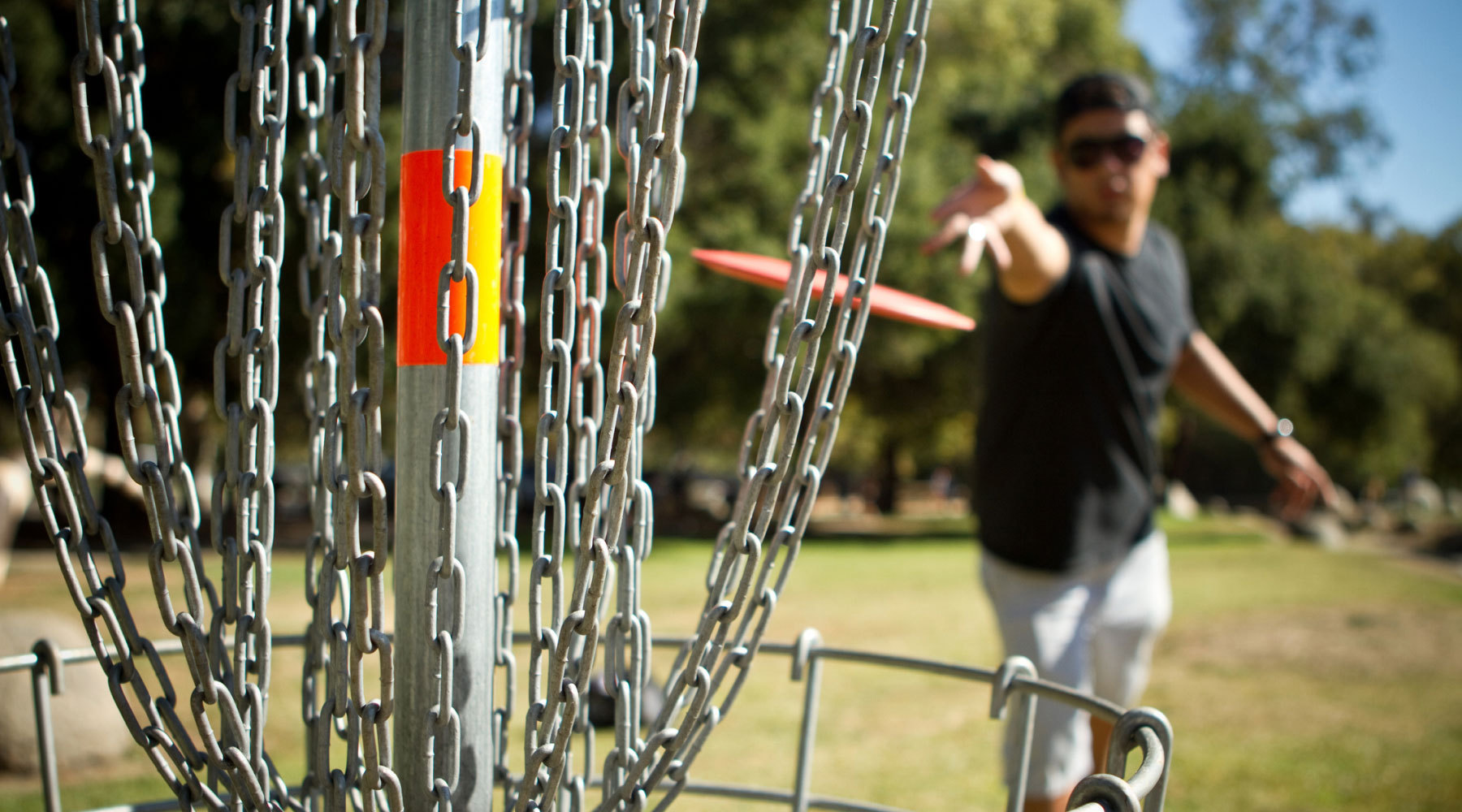
When the temperature climbs, your workout doesn’t just feel harder, it actually puts more stress on your body. Exercising in hot weather challenges your muscles, joints, and overall performance. Whether you’re training for a race, playing sports, or sticking to your regular fitness routine, it’s important to understand how heat affects your body and what you can do to stay safe and strong.
Here’s what’s happening in your body when you work out in the heat, and how to adjust your routine to avoid injury and improve recovery.
How Heat Impacts Your Muscles and Joints
Your body naturally heats up when you exercise. In the summer, your internal temperature rises even faster, and your body has to work harder to keep things in balance. This can affect your workout in a few key ways:
Muscle Fatigue Kicks In Sooner
In hot conditions, your body sends more blood to the skin to cool you down. That means your muscles might not get as much oxygen or nutrients, leading to quicker fatigue and reduced performance.
Joints Can Feel Stiff or Sore
When you sweat, your body loses water, and that can affect the fluid that keeps your joints moving smoothly. Less lubrication in the joints can lead to stiffness or discomfort, especially in areas like your knees, hips, and ankles.
You’re More Prone to Cramps and Strains
When your muscles are tired and dehydrated, they’re more likely to cramp or get injured. Heat, combined with loss of electrolytes, can make your muscles more sensitive and less responsive.
Tips for Smarter Summer Training
You don’t need to stop exercising when the heat hits, but you do need to train differently. These simple changes can make a big difference in keeping your workouts safe and effective.
Choose the Right Time of Day
Try to exercise early in the morning or later in the evening when the sun isn’t as strong. The midday heat can raise your core temperature quickly, especially if you’re pushing yourself.
Stay on Top of Hydration
Drink plenty of water throughout the day, not just during your workout. If you’re exercising for more than an hour or sweating heavily, consider drinks with added electrolytes to help replace what your body loses.
Dress to Stay Cool
Wear lightweight, breathable clothing that helps wick moisture away from your skin. Choose light colors that reflect sunlight rather than absorbing it.
Take Time to Cool Down
After a workout, find a shady spot or head indoors to stretch and bring your heart rate down. A cool shower or applying ice to sore areas can help ease inflammation and support recovery.
Build in Recovery Time
Hot weather workouts can be more demanding than they seem. Make sure to give your body time to rest, especially after intense or long sessions. Good sleep, proper nutrition, and recovery days are just as important as the workout itself.
When to Reach Out for Help
If you’re dealing with lingering joint pain, unusual soreness, or signs of heat-related illness like dizziness, nausea, or confusion, it’s time to pause and take care of yourself. In some cases, it may be smart to check in with a medical provider.
At Access Sports Medicine, we’re here to help you stay active and injury-free all year long. If you need support recovering from a summer injury or managing pain, our team is here to help you move better and feel better.
Questions about joint pain, summer training, or injury recovery?
Contact us to schedule an appointment with one of our providers.


